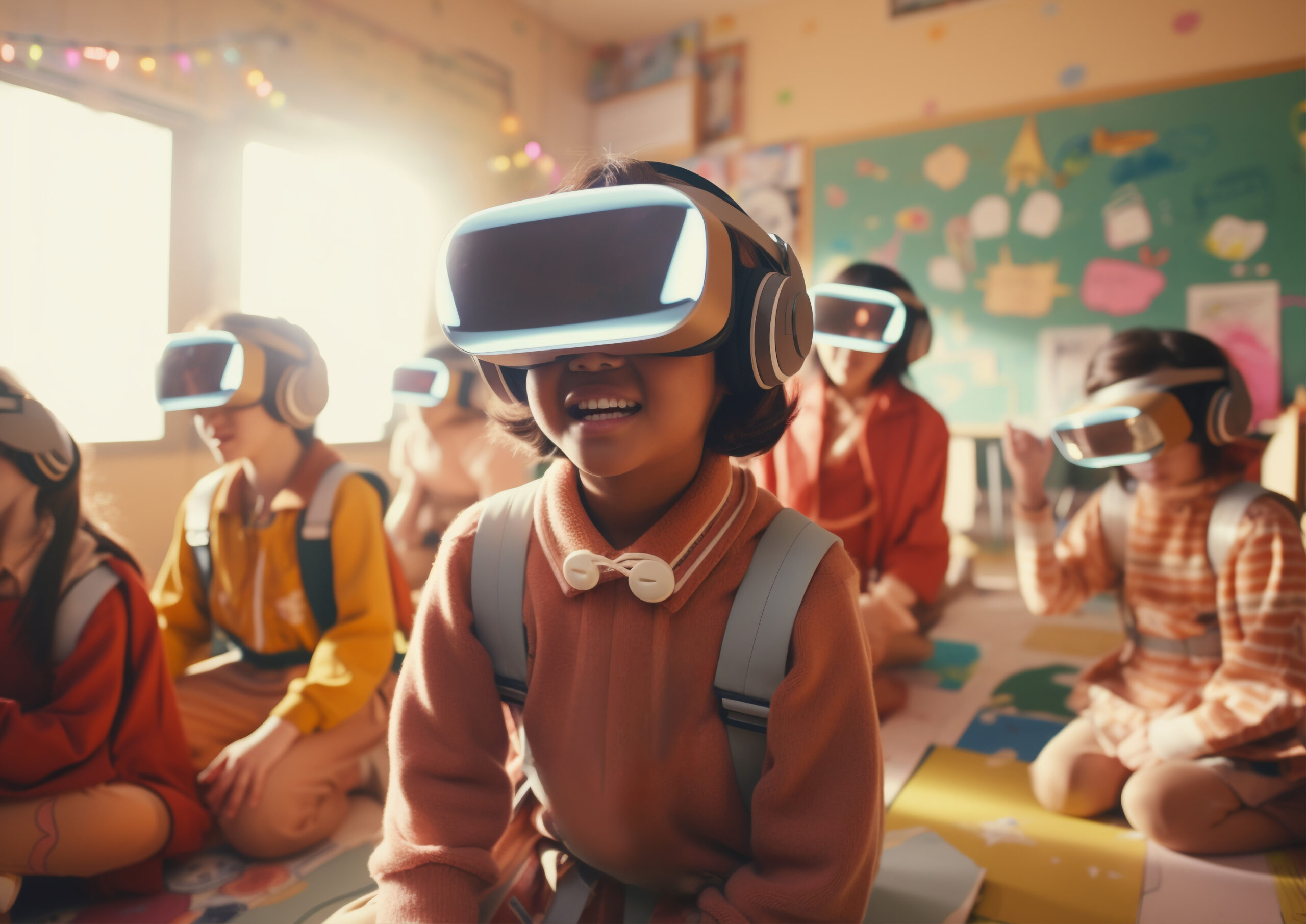The world of university recruitment is increasingly changing. Improved virtual reality and increased development of augmented reality allow candidates to have a more immersive process, more informative, and highly personalized. Virtual Reality and AR in University—two innovative answers to problems of recruitment, access, and stakeholder integration. In this blog post, we’ll explain how virtual reality & augmented reality are transforming university admissions processes.
The Rise of Virtual Reality in University Admissions
It’s not confined to the areas of gaming. Even universities have started using this latest technology in order to attract more students in the highly competitive environment. No more boring university brochures or lengthy videos—instead, the virtual campus tour has come into prominence, which lets students take a 360-degree view of their prospective campus life.
Advantages of Virtual Campus Tours
- Immersive: It would also let Virtual Reality go onto the university grounds, get into lecture halls and dorms, and join several other activities virtually. This, on the other hand, is somewhat more enriching compared to just viewing videos and pictures.
- Increased Inclusion: Campus visits tend to get quite expensive in the case of out-of-state or international students. Now, with virtual reality, campuses can be visited from literally anywhere in the world, making the whole admissions process inclusive.
- Interaction: When universities make use of virtual campus tours, the experience becomes even more interactive. Quite obviously, an interactive virtual tour is much easier to remember than static pictures.
How Augmented Reality Is Changing the Game
Not to be left behind, AR in University settings is leaving its mark either. While virtual reality surrounds users with a completely virtual environment, AR adds digital information to the real world. Such enhanced strolling on campus is utilized by universities to make the university visit experience even more alive for those students who visit campuses physically.
AR applications at university-level admission
1. Interoperable Campus Maps:
For instance, during AR in University campus tours, information about the history of the building. From what has happened in it to what is coming—would pop up while pointing a smartphone towards buildings. AR does not intrude on learning processes.
2. Branded Admission Counseling:
It will also facilitate admission counseling for candidates. Consider a student walking up to the entrance to the admission office and then scanning a displayed brochure with his/her phone. In no time, he receives information about deadlines related to applications, financial aid, and housing.
3. AR Course Catalogs:
Universities can also use AR to create interactive course catalogs. Students scanning a course description might be treated to more multimedia content aligned with faculty interviews, student testimonials, or even sample lectures.
Combination of Virtual with Augmented Reality to Provide an Immersive Experience
However, this is where the magic really happens: when virtual reality and AR in university come together. It could start, for instance, right from home through a virtual campus tour, plunging one into the atmosphere of university. Later, during a physical visit, AR enriches this experience, too, by placing real-time personalized data to enhance the decision-making process.
Admissions in the Future to Universities
More universities will probably find more value in Virtual Reality and AR in University admissions in the years to come. These tools will allow universities to engage in an interactive, modern way of reaching out to students while the latter enjoys an immersive, more accessible way of looking at and choosing an ideal school.
What to Expect Over the Next Several Years
- Better Interaction: It will continue to envelop the very technologies whereby the student can attend virtually, meet the faculty in virtual environments, and even have classroom settings in Virtual Reality.
- Personalized Tours: Eventually, AR will make campus tours more personalized and student-specific. The tour might cover particular academic departments or even extracurricular activities that each student evidences a special interest in.
- Global Outreach: Any scholar will be able to access the campuses from any part of the world. This will eliminate the barriers regarding distance and cost. What this will also mean is a greater diversity and talent inflow among the students entering universities.
Conclusion
These virtual reality and AR in University environments are going to change the perspective in terms of admission, offering new ways for the university to engage and attract students. It will facilitate things on the part of students also in exploring campuses, learning about academic programs, and making informed decisions.
Moreover, these technologies, as time goes on and they continue to improve, will change excitingly how universities connect with future students. Approach Limina Studios for the inclusion of interactive Virtual Reality or AR at the University in the admission procedure.
Limina Studios creates interactive virtual worlds and assures you of bringing your campus to life, all while you can offer cutting-edge experiences to prospects from anywhere around the globe.






















